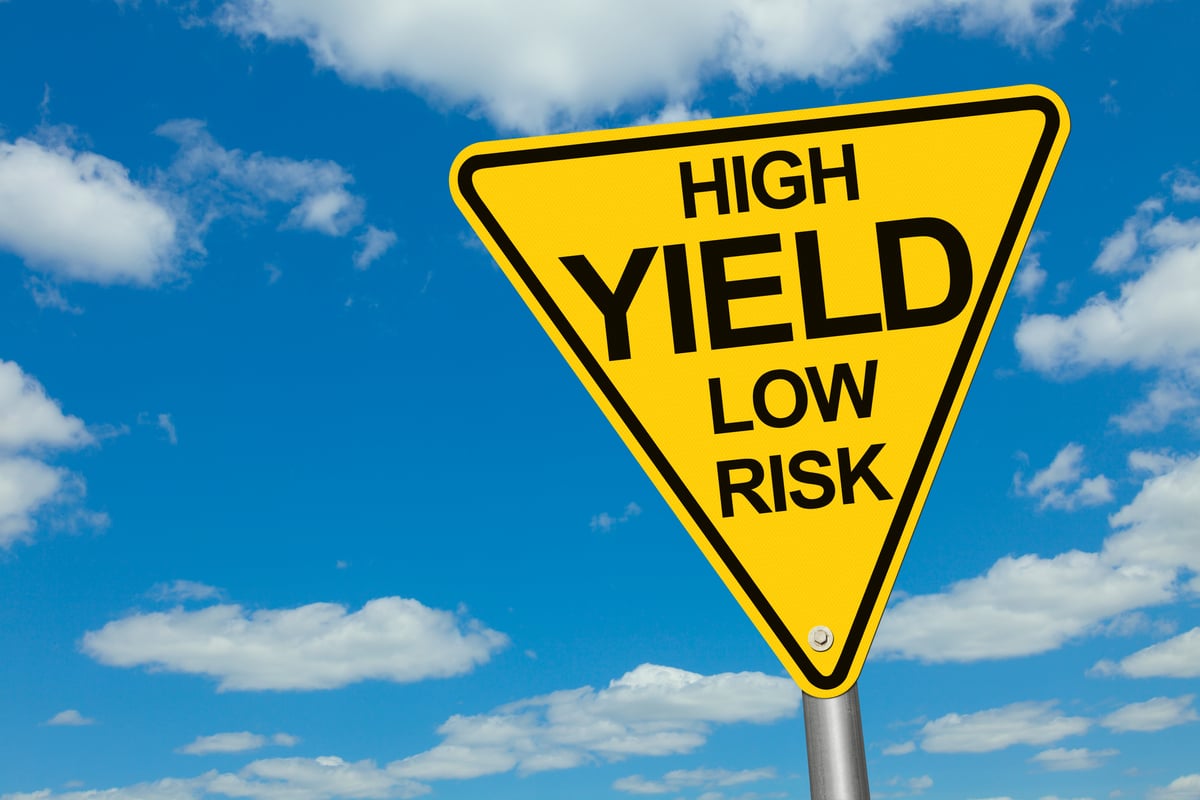Are multibillion-dollar blowups becoming the new normal? In less than four years, a handful of companies have seen deals worth more than $30 billion become disappointing money pits.
AbbVie Inc.'s (ABBV +0.21%) latest mishap is hardly the first time a big drugmaker paid through the nose for a drug that failed to deliver. AstraZeneca plc (AZN 0.40%) and Alexion Pharmaceuticals, Inc. (ALXN +0.00%) have multibillion-dollar blowups in their recent past. Merck & Co., Inc. (MRK +1.11%) has done it twice since the summer of 2014.
There isn't a lot you can do to stop a company in which you own shares from striking a bad deal, but that doesn't mean everyday biotech investors can't learn from their mistakes. Here's where these big drugmakers went wrong.

Image source: Getty Images.
1. AstraZeneca: Manufacturing site issues
Back in November 2015, AstraZeneca wanted to beef up its pipeline with an experimental new treatment for high potassium levels often seen among people with failing hearts and kidneys. That's why the British pharma forked over $2.7 billion in cash for ZS Pharma and its lead candidate, ZS-9.
To AstraZeneca's credit, ZS-9 had already sailed through late-stage clinical trials, and the FDA had begun its review when AstraZeneca announced the acquisition. AstraZeneca's due-diligence team must have failed to check if ZS-9's manufacturing site was up to scratch. Instead of a widely expected approval, the FDA sent Astra a complete response letter (CRL) because the proposed site had failed a standard pre-approval manufacturing site inspection.
Last March, the FDA sent Astra a second CRL citing ZS-9's manufacturing facility again. Keeping FDA-regulated manufacturing facilities up to code isn't easy, but a redacted version of a letter from the agency paints an embarrassing picture. For example, a cracked gasket cited during previous inspections had been replaced but was in a similar condition during the second failed inspection.
The hyperkalemia drug isn't washed up yet. The European Medicines Agency granted it an approval in February, and the company expects the FDA to issue an approval decision in the first half of the year. Astra will market ZS-9 as Lokelma in the EU, but it needs a U.S. approval if it's to become a blockbuster drug, and sooner would be better than later. The FDA approved a competing drug called Veltassa for the same group of patients in 2015.
The key takeaway here is that good data doesn't always lead to timely approvals. The FDA has delayed reviews of quite a few drugs for similar reasons individual investors could hardly be expected to anticipate.

Image source: Getty Images.
2. Alexion Pharmaceuticals: Sputtering out of the gate
AstraZeneca's big enough to quietly absorb any losses from its ZS Pharma debacle. Alexion Pharmaceuticals is a much smaller company, and the $8.4 billion acquisition of Synageva it announced in 2015 will sting for years to come. The whopping price tag came with two drugs that have been disappointing commercially, and a clinical-stage rare-disease candidate that Alexion scrapped last February.
Everything started out well enough. Kanuma earned approval to treat lysosomal acid lipase deficiency and Strensiq was green-lighted for hypophosphatasia just a few months after the deal was complete. The important takeaway for investors here, though, is not to get too wrapped up in a company's pre-launch estimates.
Sales of both drugs to date hardly live up to the blockbuster forecasts Alexion dazzled investors with going into the deal. Strensiq finished the fourth quarter on an annualized $382 million run rate, and Kanuma sales were on pace to reach just $88 million in a year.
Sales of both drugs are moving in the right direction, but they leave the company far too dependent on continued growth from Soliris. The rare-disease drug was responsible for 87% of total revenue last year, and its sales growth slowed to just 6% in the fourth quarter. If a potential competitor in late-stage testing enters the fray, Alexion's top line could quickly begin contracting.

Image source: Getty Images.
3. Merck & Co.: Double blunders
Alexion's overestimation of Synageva's commercial potential was a minor transgression compared to a pair of blunders from one of America's biggest drugmakers. Merck paid $9.5 billion for Cubist pharmaceuticals at the beginning of 2015 to get its hands on Cubicin, a hospital-grade skin-infection antibiotic that the FDA approved in 2003 and Zerbaxa, a new antibiotic for urinary tract and abdominal infections.
Zerbaxa sales are still so weak that Merck doesn't mention them, and Cubicin lost patent protection much earlier than expected. The popular antibiotic generated $1.1 billion in sales for Merck in 2016. Last year, though, cheap generic competition hammered branded Cubicin sales down to just $382 million.
Just six months before Merck overpaid for Cubist, it also shelled out $3.9 billion for a biotech called Idenix and its hepatitis C virus candidate, uprifosbuvir. With competitors racing each other to the bottom, the market for hepatitis C antivirals has collapsed. In response, Merck quietly recorded a $2.9 billion impairment charge related to uprifosbuvir earlier this year.
Merck is a huge company that generated $40 billion in total revenue last year, and moving the needle isn't easy. Keytruda might be firing on all cylinders, but no company can let over $13 billion go up in smoke without consequences. Squandering heaps on fruitless acquisitions has left the company without enough growth drivers to keep the top line climbing unless Keytruda continues to shine.

Image source: Getty Images.
4. AbbVie Inc.: Surprised, anyone?
Perhaps the only big acquisition less sensible than Merck's splurges was AbbVie's $5.8 billion purchase of Stemcentrx in 2016. The main asset involved was a cancer candidate with mediocre early-stage clinical data called Rova-T.
Investors were still scratching their heads trying to figure out what AbbVie saw in the candidate when management announced it wouldn't seek an accelerated approval for the drug as a lung cancer treatment. It might not be game over for Rova-T, but I'll be surprised if AbbVie's shareholders ever realize a return on the investment.
While you and I might not find ourselves in a position to acquire an entire company, there's an important lesson here for investors big and small. Wait for eye-popping data before you assume anything is worth 10 figures.








